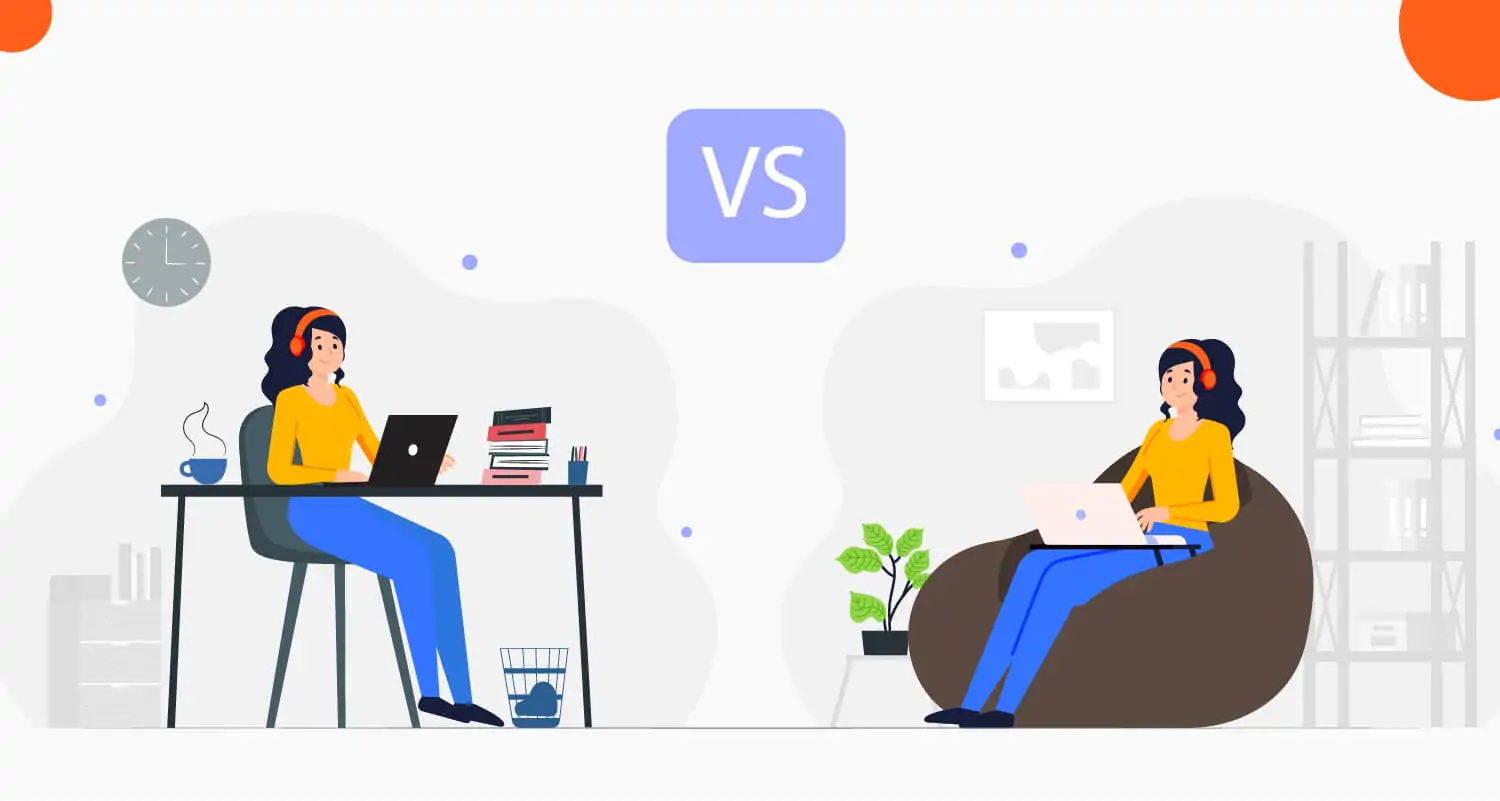Innovations in Vendor Statement Processing: AI and Automation

In the rapidly evolving world of finance and accounting, the rise of artificial intelligence (AI) and automation technologies is revolutionising how businesses handle their financial processes. One key area experiencing significant transformation is vendor statement processing – this process, crucial in managing and reconciling transactions with suppliers, is being redefined by innovative AI and automation tools, leading to increased accuracy, efficiency, and cost savings.
Understanding Vendor Statements
Before delving into the innovations, it’s essential to clarify the basics. For those unfamiliar, what is a vendor statement? Essentially, it’s a document provided by suppliers that lists all transactions, including invoices and payments, between a business and the vendor over a specific period. It serves as a crucial tool for verifying and reconciling financial records.
The Role of AI in Vendor Statement Processing
Artificial Intelligence is at the forefront of transforming vendor statement processing. Here’s how:
- Enhanced Data Accuracy: AI algorithms are designed to handle vast amounts of data with precision. When applied to vendor statement processing, they can swiftly identify discrepancies, such as overcharges or missed payments, ensuring the integrity of financial records.
- Automated Reconciliation: One of the most time-consuming aspects of dealing with vendor statements is reconciliation. AI-driven tools can automatically match transactions in the vendor statement with the company’s internal records, drastically reducing the time and effort involved.
- Predictive Analytics: AI can analyse historical data to predict future trends. This capability allows businesses to anticipate and plan for seasonal fluctuations, supplier behaviour, and potential financial risks.
Automation – Streamlining Processes
Automation goes hand-in-hand with AI in refining vendor statement processing. Here are key areas where automation makes a significant impact:
- Time Efficiency: Automated systems can process statements much faster than manual methods. This speed means businesses can close their books quicker and have a real-time understanding of their financial position.
- Error Reduction: Manual processing is prone to human error – automation minimises these errors, leading to more accurate financial reporting and decision-making.
- Cost Savings: By reducing the need for extensive manual labour, automation leads to considerable cost savings for businesses, allowing resources to be allocated to more strategic initiatives.
- Improved Supplier Relationships: Fast and accurate reconciliation leads to better relationships with suppliers, as disputes can be resolved quickly, and payments can be processed on time.
Integration Challenges and Solutions
While the benefits are clear, integrating AI and automation into existing systems can pose challenges. Businesses need to ensure compatibility with their current software, provide training for staff, and manage the transition smoothly to maximise the benefits.
The Future of Vendor Statement Processing
The future of vendor statement processing is undoubtedly leaning towards more AI and automation integration. As technology continues to evolve, we can expect even more advanced capabilities, such as deeper learning algorithms that can provide more insightful analyses and predictions.
In conclusion, the integration of AI and automation in vendor statement processing is not just a trend but a fundamental shift in how businesses manage their financial operations. Embracing these technologies offers a pathway to enhanced accuracy, efficiency, and strategic financial management. As we move forward, staying abreast of these innovations will be crucial for businesses looking to maintain a competitive edge in an increasingly digital world.





